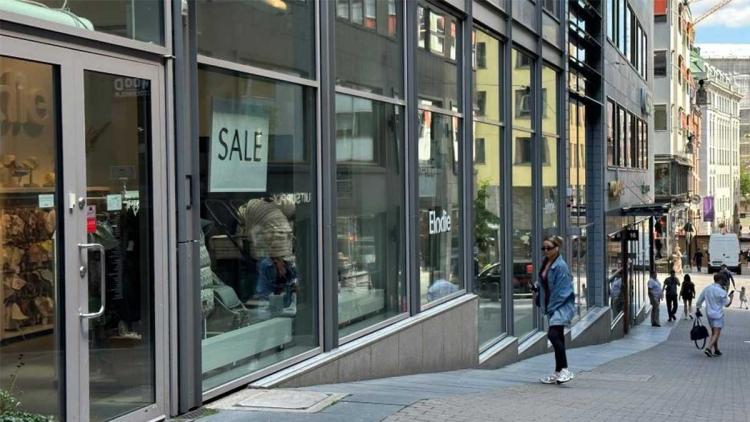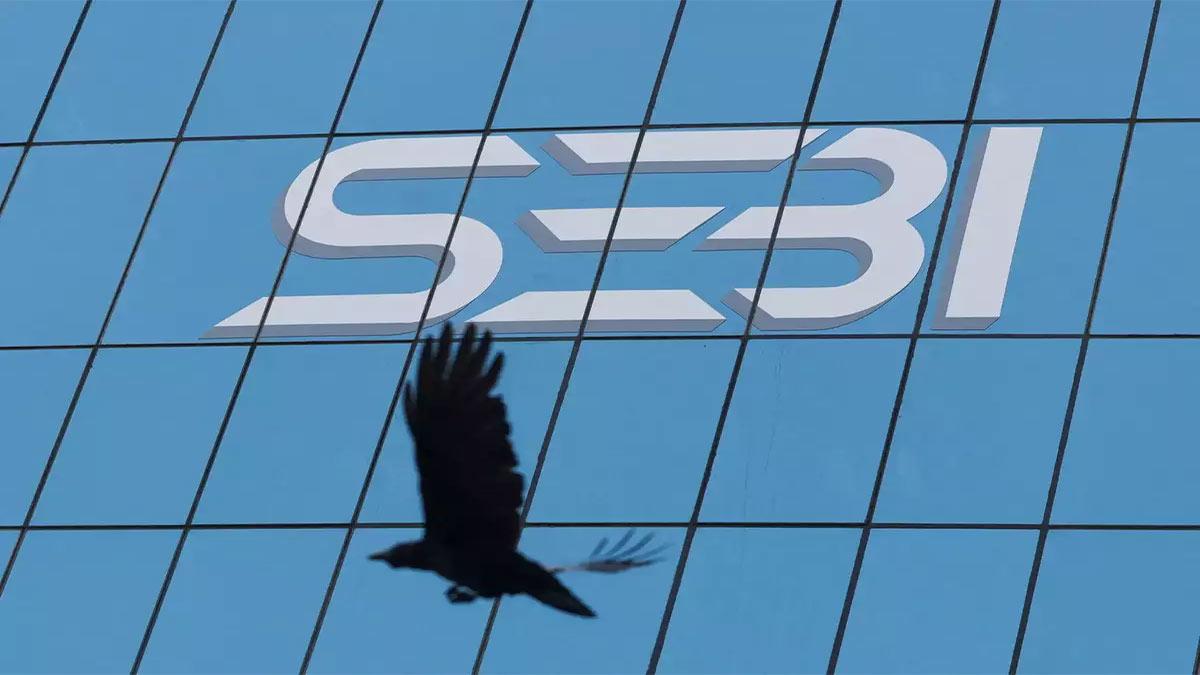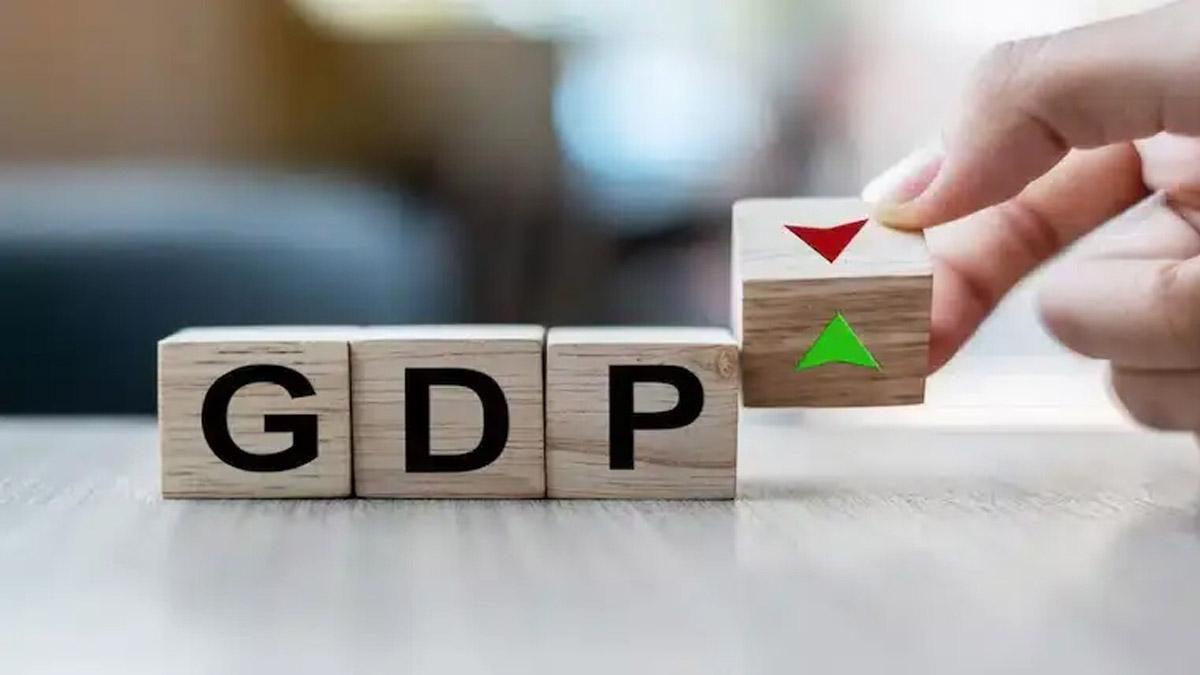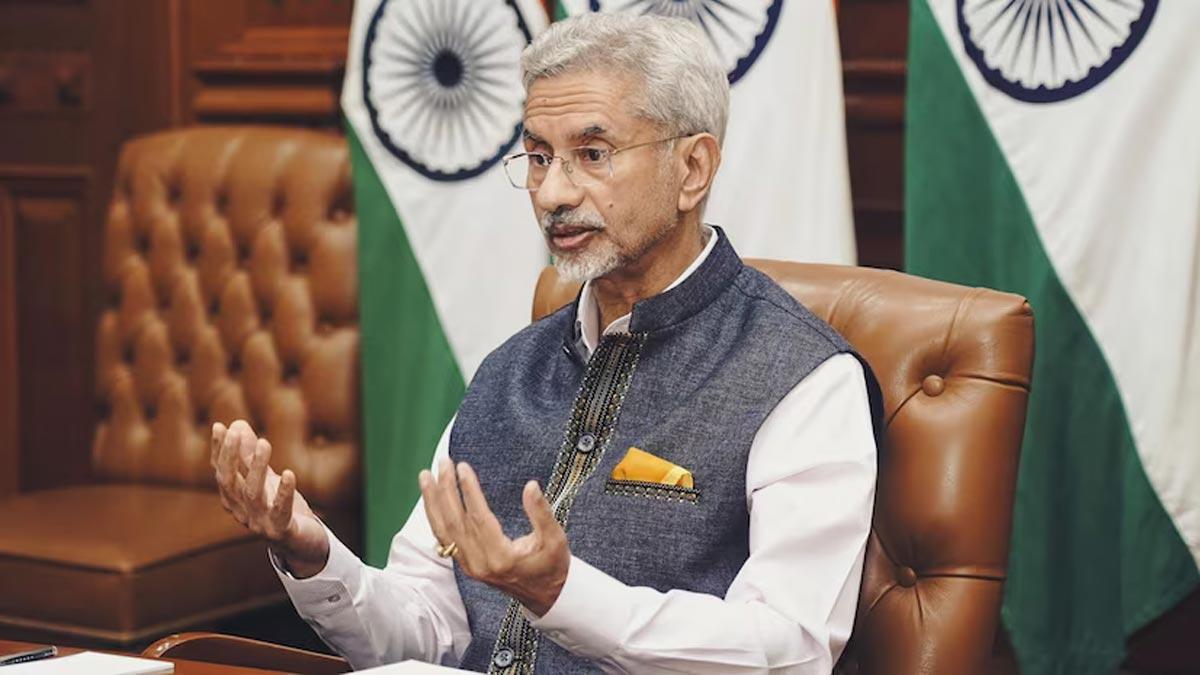The Swedish economy has officially entered a state of recession, as confirmed by recent official statistics revealing a contraction in the third quarter (Q3).
Statistics Sweden reported that the gross domestic product (GDP) experienced a decline of 0.3 percent in Q3 compared to the preceding quarter. Additionally, in comparison to Q3 of the previous year (2022), the GDP witnessed a notable 1.4 percent decrease.
Jessica Engdahl, head of section at Statistics Sweden's National Accounts Department, highlighted that this downturn marks the second consecutive quarter of GDP reduction. The previous quarter, Q2, experienced a 0.8 percent decline from Q1 and a 1 percent year-on-year decrease, based on revised figures released in August.
The Q3 economic downturn primarily stemmed from changes in inventories, notably a decrease in industrial inventories, along with reduced household consumption. Engdahl noted that household consumption expenditure has remained negative for five consecutive quarters.
Recent figures released by the National Institute of Economic Research (NIER) illustrate a bleak economic outlook among Swedish households. The consumer confidence indicator for November stood at 72.8, displaying a slight increase of 2.2 points from October. Despite this rise, it remains significantly below the baseline of 100, indicating considerable pessimism regarding economic conditions. NIER described this level of confidence as "very low by historical standards."
Furthermore, the economic sentiment in the retail trade sector decreased significantly, with the confidence indicator dropping to 88.0, reflecting notably weaker sentiment than usual. NIER attributed this decline to negative signals regarding recent months' sales.
Overall, NIER's Economic Tendency Indicator experienced a marginal decrease in November, dropping from 84.9 to 84.6.
This economic contraction in Sweden aligns with a backdrop of rising inflation, recorded at 6.5 percent year-on-year in October according to Statistics Sweden. Simultaneously, borrowing costs have surged, with the current policy rate standing at 4 percent—the highest since 2008. The Swedish central bank initiated a series of rate hikes in May 2022, ending over seven years of maintaining rates at or below zero.
(With Agency Inputs)
ALSO READ | Germany Nears Recession Threshold, Reports Destatis
ALSO READ | With India’s market cap to GDP ratio climbing to 1.2, valuations getting stretched


















